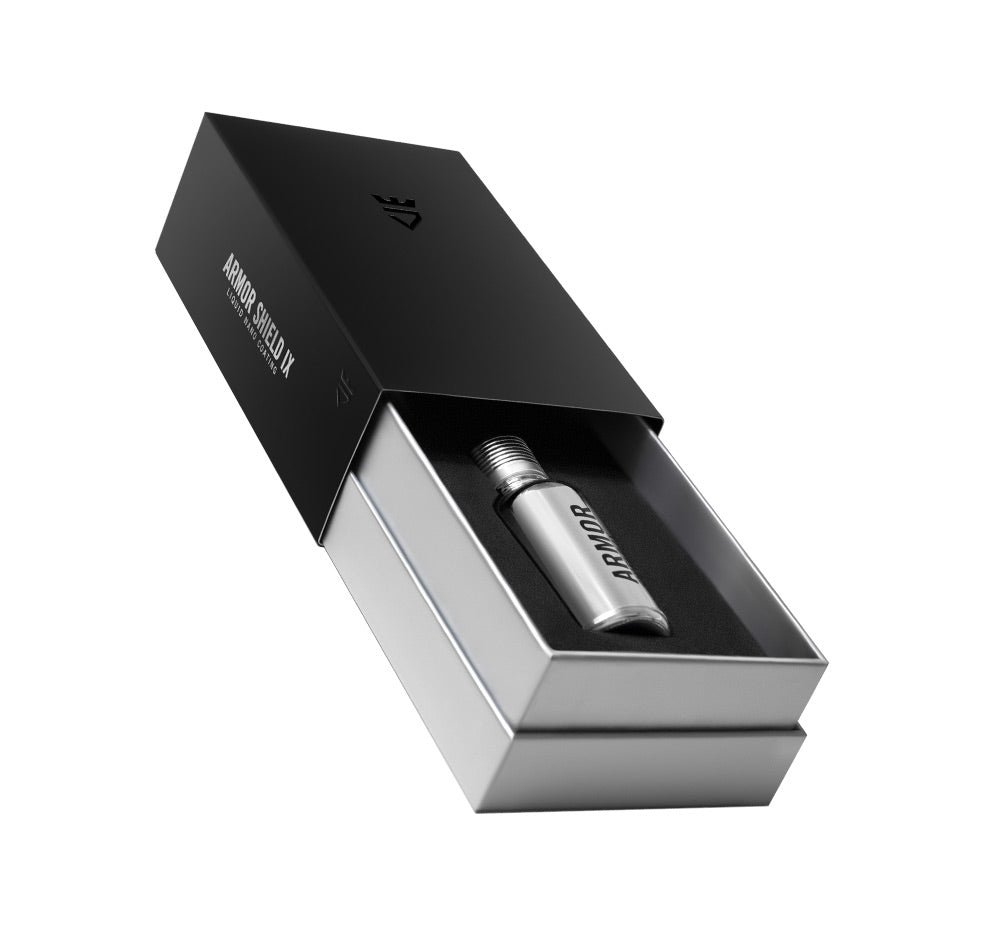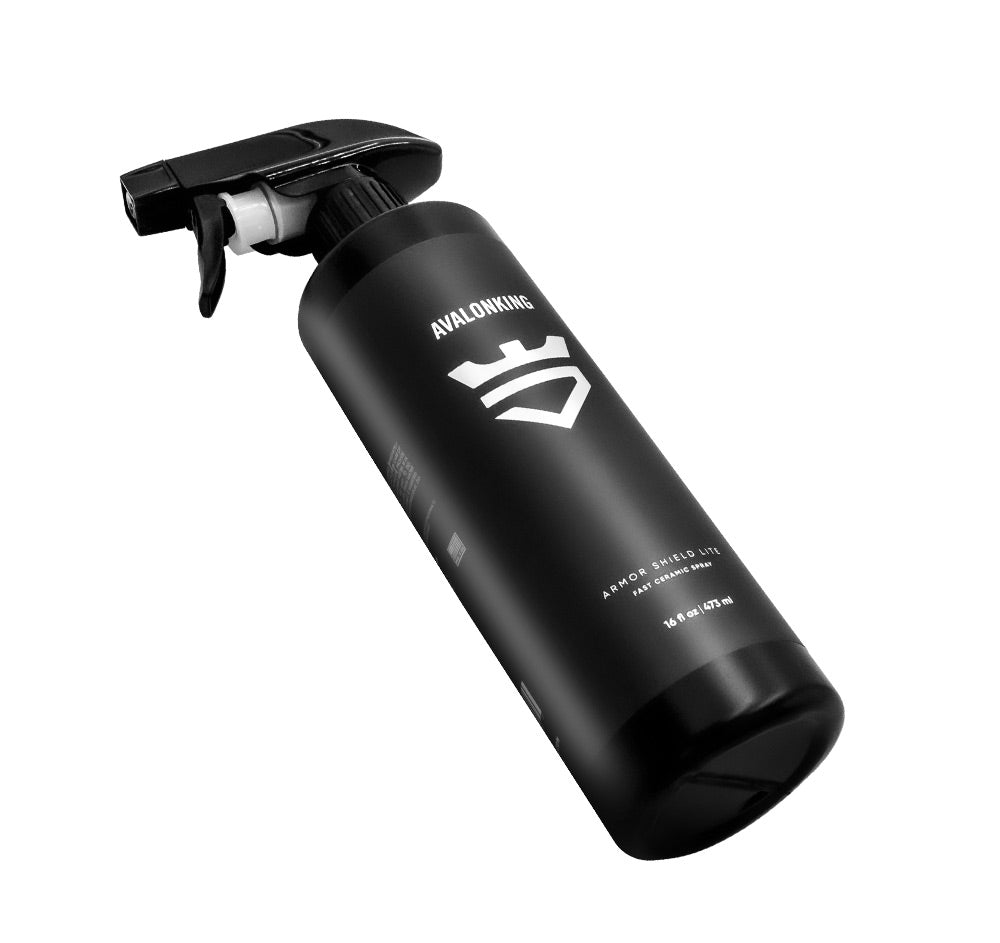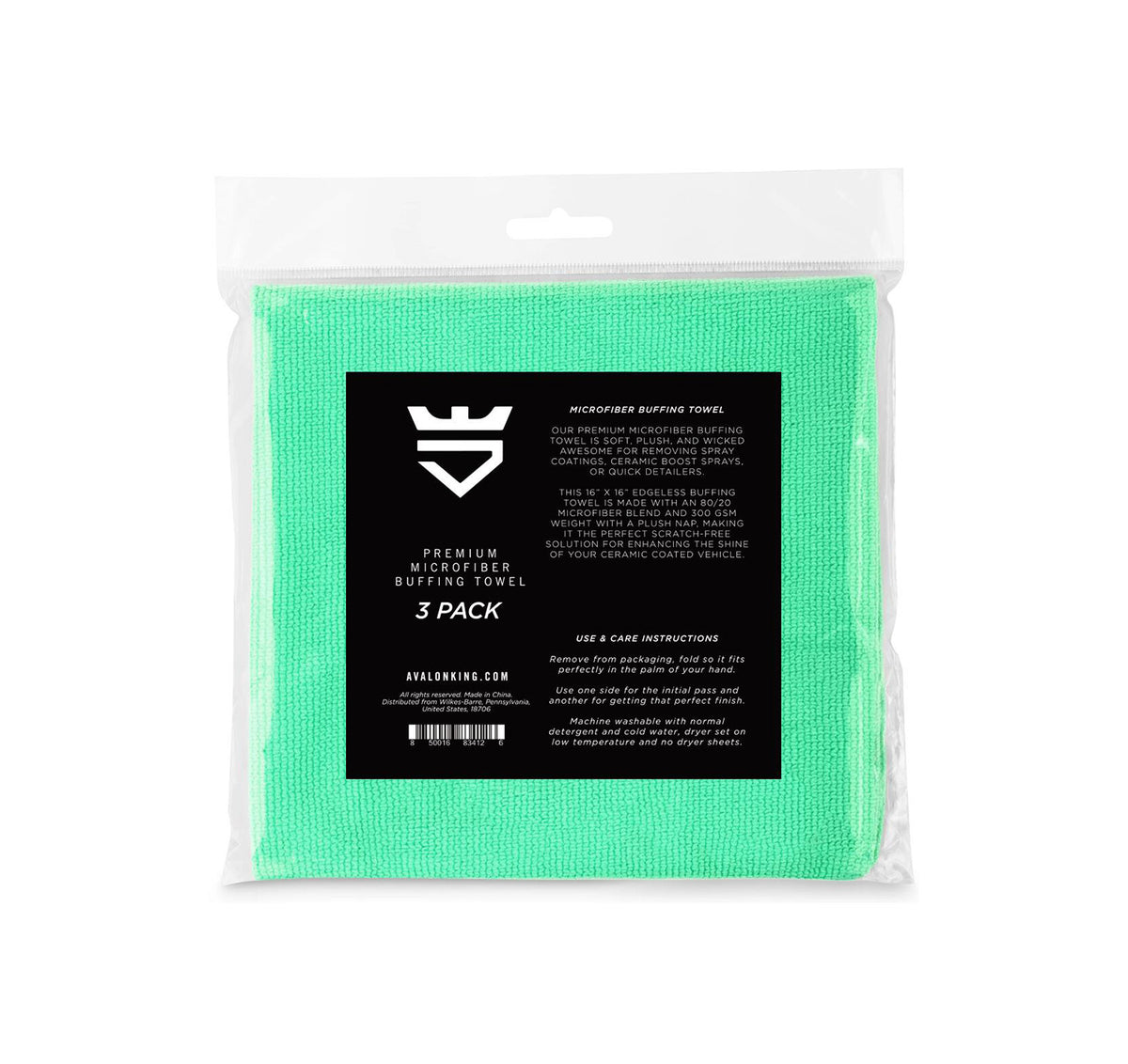What is Primer? Explained by AvalonKing
In the world of ceramic coatings, the term "Primer" holds significant importance. It is a crucial component in the process of applying a ceramic coating to a vehicle, and understanding its role can greatly enhance the outcome of your coating project. This article will delve into the intricacies of what a primer is, its purpose, and how it interacts with ceramic coatings.
Primer, in the context of ceramic coatings, is a preparatory substance applied to the surface of a vehicle before the actual coating. It serves as an intermediary layer, enhancing the adhesion between the surface of the vehicle and the ceramic coating. The primer ensures a smooth, even surface for the coating to adhere to, resulting in a more durable and long-lasting finish.
The Role of Primer in Ceramic Coating
The primary role of a primer in ceramic coating is to provide a suitable surface for the coating to adhere to. It does this by filling in any microscopic imperfections on the surface of the vehicle, creating a smooth, even surface for the coating. This not only improves the appearance of the final coating but also enhances its durability and longevity.
Another important function of the primer is to promote adhesion between the surface of the vehicle and the ceramic coating. The primer contains specific chemicals that interact with both the surface of the vehicle and the ceramic coating, creating a strong bond that ensures the coating stays in place for a long time.
Primer and Surface Preparation
Before applying a primer, the surface of the vehicle must be thoroughly cleaned and prepared. This involves removing any dirt, grease, or other contaminants that could interfere with the adhesion of the primer. The surface may also need to be lightly sanded to create a rough texture for the primer to adhere to.
Once the surface is clean and prepared, the primer can be applied. It is typically applied in a thin, even layer using a brush or roller. The primer should be allowed to dry completely before the ceramic coating is applied. This ensures that the primer has fully bonded with the surface of the vehicle and is ready to bond with the ceramic coating.
Primer and Ceramic Coating Adhesion
The primer plays a crucial role in promoting the adhesion of the ceramic coating to the surface of the vehicle. The chemicals in the primer interact with the ceramic coating, creating a strong bond that ensures the coating stays in place for a long time.
Without a primer, the ceramic coating may not adhere properly to the surface of the vehicle. This can result in the coating peeling or flaking off over time, reducing its effectiveness and lifespan. Therefore, using a primer is an essential step in the ceramic coating process.
Types of Primers
There are several types of primers available, each with its own unique properties and uses. The type of primer used can depend on the type of surface being coated, the type of ceramic coating being used, and the specific requirements of the project.
Some common types of primers include epoxy primers, urethane primers, and acrylic primers. Epoxy primers are known for their excellent adhesion and corrosion resistance, making them a popular choice for metal surfaces. Urethane primers are flexible and durable, making them suitable for surfaces that may be subject to movement or impact. Acrylic primers are quick-drying and easy to use, making them a popular choice for DIY projects.
Epoxy Primers
Epoxy primers are a type of primer known for their excellent adhesion and corrosion resistance. They are typically used on metal surfaces, such as the body of a vehicle, to provide a strong, durable base for the ceramic coating.
Epoxy primers work by chemically bonding with the surface of the vehicle, creating a strong, durable bond that can withstand the harsh conditions of the road. They also provide excellent corrosion resistance, protecting the surface of the vehicle from rust and other forms of corrosion.
Urethane Primers
Urethane primers are another type of primer commonly used in the ceramic coating process. They are known for their flexibility and durability, making them suitable for surfaces that may be subject to movement or impact.
Urethane primers work by forming a flexible, durable layer on the surface of the vehicle. This layer can flex and move with the surface of the vehicle, preventing the ceramic coating from cracking or peeling under stress. This makes urethane primers a popular choice for surfaces that may be subject to movement or impact, such as the bumpers and fenders of a vehicle.
Primer Application Techniques
The application of primer is a critical step in the ceramic coating process, and it requires careful attention to detail to ensure a successful outcome. There are several techniques that can be used to apply primer, each with its own advantages and disadvantages.
Some common primer application techniques include brushing, rolling, and spraying. Brushing is a simple, low-cost method that can be done with basic tools. However, it can be difficult to achieve a smooth, even layer with a brush. Rolling is another low-cost method that can produce a smoother finish than brushing, but it can still leave visible roller marks. Spraying is the most professional method and can produce the smoothest, most even finish. However, it requires specialized equipment and more skill to do correctly.
Brushing
Brushing is a simple, low-cost method of applying primer. It can be done with a basic paintbrush, making it accessible to anyone. However, it can be difficult to achieve a smooth, even layer with a brush, especially on large or complex surfaces.
When brushing primer, it's important to use long, even strokes and to avoid overloading the brush with primer. The primer should be applied in a thin, even layer, and any excess primer should be brushed out immediately to prevent drips or runs.
Rolling
Rolling is another method of applying primer that can produce a smoother finish than brushing. It involves using a paint roller to apply the primer in a thin, even layer. However, rolling can still leave visible roller marks, especially if the roller is not properly loaded or if the primer is not properly spread out.
When rolling primer, it's important to use a high-quality roller and to load it evenly with primer. The primer should be rolled out in a thin, even layer, and any excess primer should be spread out immediately to prevent drips or runs.
Spraying
Spraying is the most professional method of applying primer and can produce the smoothest, most even finish. However, it requires specialized equipment and more skill to do correctly.
When spraying primer, it's important to use a high-quality spray gun and to adjust it to the correct settings for the type of primer being used. The primer should be sprayed in a thin, even layer, and any overspray should be cleaned up immediately to prevent drips or runs.
Conclusion
In conclusion, primer is a critical component in the ceramic coating process. It serves as an intermediary layer, enhancing the adhesion between the surface of the vehicle and the ceramic coating. The primer ensures a smooth, even surface for the coating to adhere to, resulting in a more durable and long-lasting finish.
There are several types of primers available, each with its own unique properties and uses. The type of primer used can depend on the type of surface being coated, the type of ceramic coating being used, and the specific requirements of the project. Regardless of the type of primer used, careful application is key to achieving a successful outcome.
Ready to achieve that flawless finish on your vehicle with the right primer and ceramic coating? Look no further than AvalonKing for all your car care needs. With years of expertise in providing top-quality cleaning products, we've got everything you need to keep your car looking its best. Check out our products today and take the first step towards a dazzling, protected vehicle.










